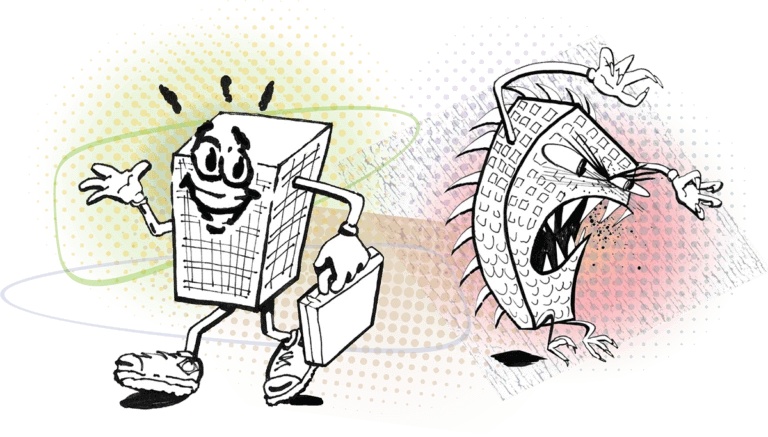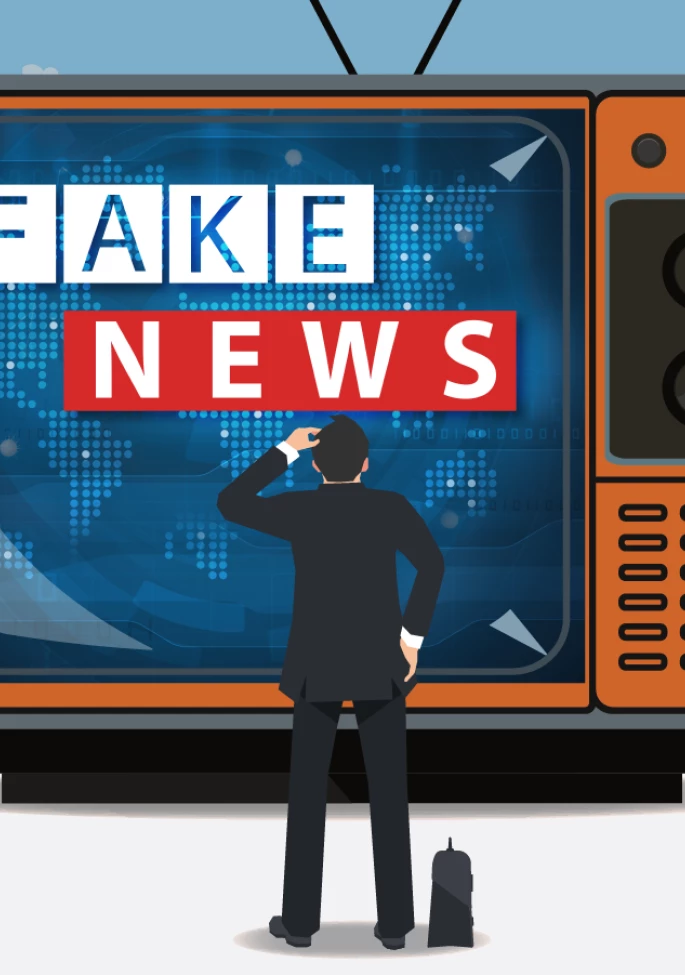“I came in here with pictures of stop signs. I came in here with pictures of rampant corporate neglect. We have a duty here as a jury. We are holding corporations accountable. This is one of the things they are responsible for, but our duty as a citizen—my duty as a juror—is to bring justice. Justice for all wrongdoing by this corporation since its inception over a hundred years ago.”
Words like these—from the mouth of a mock juror determined from the start of deliberations to stand by a pro-plaintiff verdict—are not unique. They resemble many other juror diatribes we have heard during jury selections and post-trial interviews across the nation. While few fall on this extreme end of the spectrum, anti-corporate bias is a problem for any company accused of wrongdoing in a lawsuit. Like this gentleman, some jurors are tempted to focus their anger on any perceived wrongdoing, rather than the specific case at hand or what caused the plaintiff’s injuries.
For others, the bias can manifest in more subtle ways. For instance, when we ask jurors why they found for the plaintiff in post-trial interviews, the most common response is, “Because the company didn’t prove…”
This tendency to shift the burden of proof is observed in our mock jurors, too; on their background questionnaires, we routinely see roughly half of the jurors agreeing that “When an individual sues a company, the company should have the burden of proving it did not do anything wrong” over the alternative, “…the individual should have the burden of proving the company did something wrong.”
Although defense counsel use many methods to combat anti-corporate bias at trial, one crucial strategy for every company facing litigation is developing and polishing its “company story.”
Why Your Company Story Matters
Plaintiff attorneys are skilled at spinning a story that is fraught with emotion, motive, and inaccuracies. We often say, “Plaintiffs have the easier story to tell” when they can play “fast and loose” with the facts. Thus, the temptation of many defendant companies is to focus primarily on refuting the plaintiff’s allegations to set the record straight.
The presumption is that since the plaintiff bears the burden of proof, the defense need only poke enough holes to ensure that burden cannot be met for each element of the claim. For the reasons discussed above, that’s a precarious presumption to make, but there are additional reasons why it isn’t enough merely to respond to the plaintiff’s allegations.
A purely defensive approach can lead to a disjointed case story that is difficult for jurors to follow. This can be detrimental because jurors, as humans, think in stories. They want to know the setting, who the parties are, what happened, and what motives were behind the parties’ actions.
Focusing solely on refuting the plaintiff’s case leaves jurors to fill in the gaps of who your company is and why it does what it does. And they will do so based on their own experiences with corporations, what they’ve heard in the news, or worse—plaintiff’s counsel’s depictions. So, rather than leaving jurors with only the plaintiff’s words and their own biases to inform who your company is, it’s important to think about what you want jurors to know about your company and how you plan to convey that information.
Building Your Company Story
When considering what to include in your company story, we recommend conducting a brainstorming session between trial counsel and company representatives, with the option of including an experienced consultant to facilitate theme development.
Questions to ask when building the company story include:
- Who are you?
Let jurors know who your company truly is. It is very easy to think of corporations as faceless entities who will always put their bottom line above their customers. As such, it is vital to humanize your company.
Carefully consider your corporate designee; the person selected should be prepared to incorporate messages about the company’s history, people, and values throughout their deposition testimony and at trial.
- What distinguishes your company?
Separate your company from the pack. In our surveys, we frequently find that while jurors often have a negative view of corporations generally, they tend to have much more positive views of individual corporations—particularly if they perceive that corporation as having good practices and good products.
Combat plaintiffs’ often-used “macro” approach (e.g., lumping your company’s behavior with all corporations, preying on jurors’ broad negative attitudes) by focusing them on the “micro” elements that make your company unique and likeable. How are you different from other companies in your industry? What initiatives and practices has your company enacted?
The more positive and proactive associations the jurors have with your company, the more likely they are to set aside previous assumptions and view your company as an exception to the rule.
- How do you go above and beyond?
Time and time again, jurors tell us that meeting industry or federal standards is the “bare minimum” for corporations. Jurors want companies to go “above and beyond” what others in the industry are doing.
So, where are the areas your company has exceeded expectations? How is your company seeking to be better than others in the industry? Where are your standards tighter? What safety improvements have you made? These are all ways to help jurors further distinguish your company’s commitment to its employees, its customers, and the public.
Conveying Your Company Story
Communicating your company story begins in discovery. It will be important for counsel to accumulate information during the discovery process that can flesh out the company story. Early theme development is useful precisely so that counsel can be sure to seek out evidence to support it and think about ways to increase the likelihood that the information can be admitted should the case proceed to trial.
We can’t stress enough how important it is to start building the company story early. There is nothing more frustrating than developing a thematic story after discovery is over, only to realize there isn’t a witness who can testify to reinforce a key theme.
Speaking of which, witnesses should be taught how to affirmatively communicate your themes, even when responding to plaintiff’s counsel’s questions. Ideally, a practice Q&A between the witnesses and defense counsel affords witnesses an opportunity to reinforce these habits.
For example, in a recent trucking case we assisted on, it was important for the company to emphasize the experience of its drivers. So, when faced with “Reptile” questions such as “Would you agree safety is a top priority?” we taught the witness to respond with phrases such as “We only hire drivers with at least five years of CDL experience because safety is an important goal for us, yes.”
When it comes to trial, focusing only on the plaintiff’s claims gives the plaintiff the power to set the agenda and cement their story—at the expense of your company. This defensive stance communicates to jurors that “the company has something to hide” or that “it is guilty of something.”
As advocates for a defendant, it is only natural to want to hit the plaintiff’s claims head on; however, we recommend fighting that natural urge and moving away from developing an opening statement that simply lists the plaintiff’s claims followed by a discussion of each one. Instead, we recommend formulating the opening in a manner that first seeks to tell the affirmative defense narrative, which incorporates the company story.
Our research has shown that by being affirmative about your company, who it is, and its actions, counsel not only gains credibility with the jury, but so does its client. Presumably, the narrative will refute the plaintiff’s claims without having to recite them, and when that’s not feasible, responses to the plaintiff’s allegations come to light organically, as a side comment within your defense story.
Conclusion
By humanizing your company, you have more control of the story jurors are developing in their heads and can more easily avoid getting cast as the faceless villain. This gives your company more control over the narrative as a whole and exchanges a reactive strategy for a proactive one.
Not every juror can be swayed by a good company story, and not all the good information you want to tell the jurors can be admitted, especially if there are concerns about opening the door to the bad. Nevertheless, framing your case with an affirmative case narrative can be a powerful weapon for battling anti-corporate bias.
This article originally appeared in USLAW Magazine Summer 2020. Illustration courtesy of IMS Senior Graphic Designer John Ilg.






